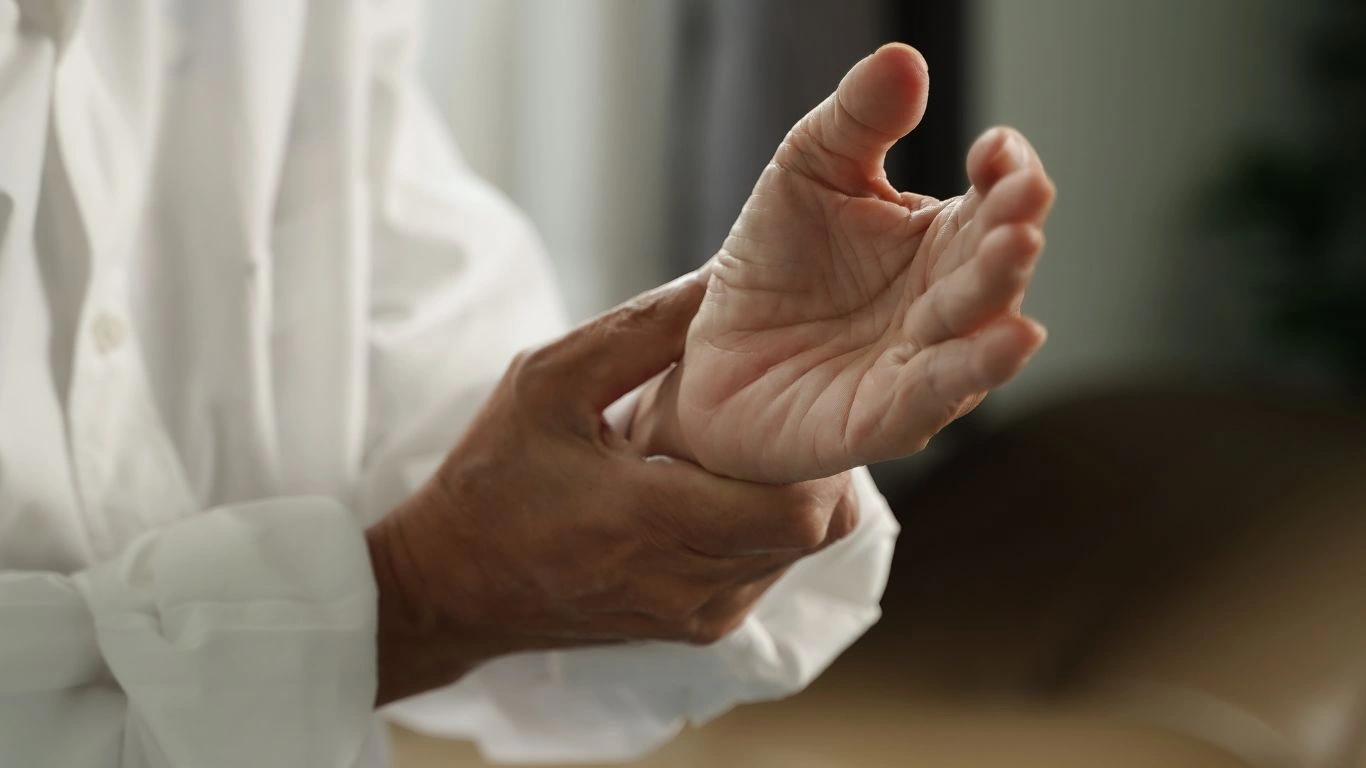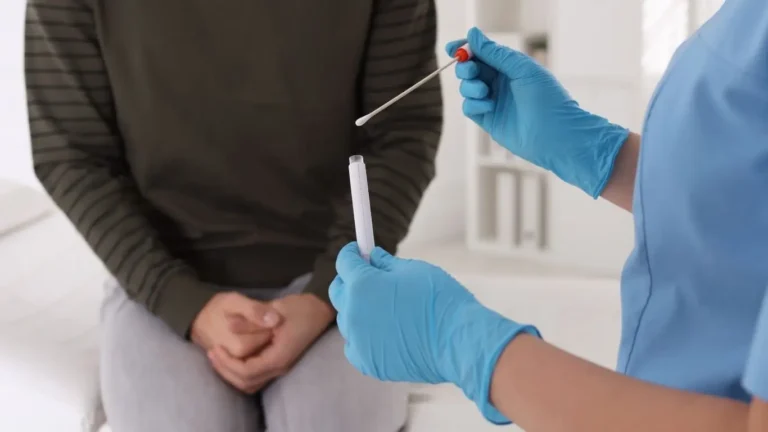Best RA-friendly hobbies that ease pain and boost well-being
Living with rheumatoid arthritis (RA) doesn’t mean giving up the joy of hobbies. In fact, choosing the right ones can boost your mood, ease joint stiffness, and give you a refreshing sense of purpose. To dive deeper into this, I sat down with Dr. Mia Harper, a rheumatologist who also happens to be an avid gardener and watercolor enthusiast. Here’s what she had to share about the best RA‑friendly hobbies to try.
Q&A With Dr. Mia Harper
- Q: Why are hobbies important for people with RA?
- Dr. Harper: Hobbies offer more than just passing time. They engage your mind, keep your body moving, and can help interrupt that cycle of pain and worry. For example, gardening or light crafts distract from discomfort and elevate your mood—a win‑win for mental and physical wellness.
- Q: Which physical activities are gentle on RA‑affected joints?
- Dr. Harper: Low‑impact options like walking, cycling, swimming, tai chi or chair yoga are fantastic. They maintain flexibility, improve circulation, and reduce stiffness without overloading your joints. The Arthritis Foundation and WebMD both recommend these activities as part of a balanced approach to managing RA.
- Q: How about creative hobbies?
- Dr. Harper: Definitely! Crafts like knitting (with ergonomic needles), painting, coloring, scrapbooking, or adult puzzles are wonderful. If hand pain flares up, try adaptive tools—fat‑grip pens or weighted brushes—to help maintain comfort and precision.
- Q: Can you suggest hobbies that combine movement and mindfulness?
- Dr. Harper: Certainly. Tai chi, qigong, and yoga merge gentle motion with deep breathing. That duo is powerful: it reduces stress, eases pain, and supports better balance and posture. Look for beginner or arthritis‑friendly classes (many available online or through local rec centers).
- Q: Are there outdoor hobbies worth trying?
- Dr. Harper: Yes! Raised‑bed gardening, birdwatching, gentle hiking, fishing with ergonomic gear, and cycling on paved trails are all accessible and satisfying. Gardening gives tactile joy and fresh air, while birdwatching offers calm exploration without strain.
- Q: What role does technology play in supporting RA hobbies?
- Dr. Harper: Tons of tools! Think voice‑to‑text apps for writing, tablet styluses with thick grips, or photography gear adapted for easier handling. Even fitness apps that remind you to stretch or take breaks can be invaluable.
- Q: How do I avoid flares when picking up a new hobby?
- Dr. Harper: Start small—ten minutes here, fifteen there. Use timers and alternate tasks to rest aching joints. Always listen to your body. If a hobby bothers more than it soothes, modify your approach or try something different.
- Q: Which hobbies best support both mental health and joint function?
- Dr. Harper: Combining creative and movement-based hobbies is ideal. For instance: watercolor painting followed by gentle stretching; or baking with ergonomic tools followed by a short walk. These pair relaxation with physical benefit.
- Q: What if I can’t use my hands much?
- Dr. Harper: No problem. Audiobooks, podcasts, voice journaling, birdwatching, guided meditation, or listening to music while doing simple foot or arm exercises are all practical options that still bring joy.
- Q: How can I keep going on tough days?
- Dr. Harper: Plan ahead. Have a few soothing hobbies in your toolkit—like listening to calm music, playing simple percussion instruments, or doing gentle hand stretches. Over time, the consistency helps build resilience and gives purpose even on bad days.
Common Questions About RA‑Friendly Hobbies
- 1. Is it safe to start yoga if I’ve never done it before?
- Dr. Harper: Absolutely—with caveats. Seek out classes tailored to arthritis or beginners, focus on gentle forms like chair or Hatha yoga, and always clear your plan with your rheumatologist. Start slow and let your body guide you.
- 2. I love knitting, but my fingers hurt. What can I do?
- Dr. Harper: Swap to larger, lightweight needles with foam or ergonomic grips. Take frequent breaks for hand stretches. Try doing a few rows at a time. If pain persists, switch to bigger motor tasks like loom knitting or knit‑inspired fingerless crafts.
- 3. Can I still garden if my knees or hands are stiff?
- Dr. Harper: Yes! Use raised beds and long-handle tools with cushioned grips. Wear kneeling pads and rest between tasks. Container gardening on tables is another great option. Small modifications can make a huge difference.
- 4. Does cycling really help RA pain?
- Dr. Harper: It does. Stationary or outdoor cycling builds leg strength, boosts aerobic health, and helps lubricate joints—often with minimal joint stress. Just make sure your seat and bike are properly adjusted and padded.
- 5. How can I use music therapeutically?
- Dr. Harper: Turn on calming playlists, try light percussion like shakers, or join group drumming circles. Music lifts mood and can create gentle movement opportunities without pressure.
- 6. I get anxious during flare-ups—can hobbies help?
- Dr. Harper: Definitely. Mindful activities like painting, coloring, listening to audiobooks or birdwatching can calm anxious thoughts and create space from the physical discomfort.
- 7. What about water-based hobbies?
- Dr. Harper: Aquatic activities like swimming or water aerobics are ideal—warm water supports joints and resists movement gently. Pools and community centers often offer arthritis-friendly classes (even online demos).
- 8. How often should I chase after a hobby?
- Dr. Harper: There’s no fixed rule. Many benefit from 3–5 sessions a week, but even short daily engagement—10 to 20 minutes—can make a big difference. Consistency beats intensity.
- 9. Can mindfulness painting relieve joint stiffness?
- Dr. Harper: Yes! Mindful art—focusing on the brushstroke, color, texture—is therapeutic. It channels attention away from pain, and the light hand movements promote circulation in your fingers and wrists.
- 10. Any tips on balancing a hobby with medical therapy?
- Dr. Harper: Tie your hobby time to medication routines and rest periods. Journaling about your working joints and stiffness can also help track what helps. When a hobby triggers pain, you’ll better identify and adapt to it.
Expert Tips to Enhance Enjoyment & Safety
- Use adaptive tools: foam grips, weighted utensils, ergonomic pens, padded yoga mats, kneeling benches.
- Mix it up: switch between energetic and calming activities to avoid overusing any one joint group.
- Keep a hobby journal: note how you felt before and after as a guide to tweak your routine.
- Join a community: look for local arthritis‑friendly exercise groups, online forums, or arts studios that accommodate mobility constraints.
- Consult professionals: a therapist or occupational therapist can offer personalized hobby adaptations.
Dr. Harper’s Bottom Line: “Living with RA isn’t about limitation—it’s about adaptation. The perfect hobby is one that brings you joy, keeps you moving, and fits your body’s rhythm.”
Final Thoughts
Finding a RA‑friendly hobby is a journey of exploration—and sometimes of rediscovery. Whether it’s the gentle flow of tai chi at sunrise, the calming ritual of watercolor painting, the quiet thrill of birdwatching, or the satisfaction of planting tiny seedlings in a raised bed—small, consistent action yields big rewards. These aren’t just pastimes; they can bring wellness, connection, and delight.
If anything here piqued your interest, why not give it a try this week? Start slow, adapt smart, and let your body and heart lead the way. You’ll be surprised how a few minutes of mindful creativity or movement can brighten your day—and ease your joints—one joyful moment at a time.
Curious to learn more? Visit trusted resources like the Arthritis Foundation, WebMD, or HealthCentral to explore classes, tools, and inspiring success stories. Your next great hobby is waiting!

Tarra Nugroho is a dedicated Nurse Practitioner with a strong foundation in family and preventive care. She brings both compassion and clinical expertise to her practice, focusing on patient-centered care and health education. As a contributor to Healthusias.com, Tarra translates medical knowledge into clear, empowering articles on topics like women’s health, chronic disease management, and lifestyle medicine. Her mission is simple: help people feel seen, heard, and informed—both in the clinic and through the content she creates. When she’s not caring for patients, Tarra enjoys weekend hikes, plant-based cooking, and curling up with a good health podcast.






